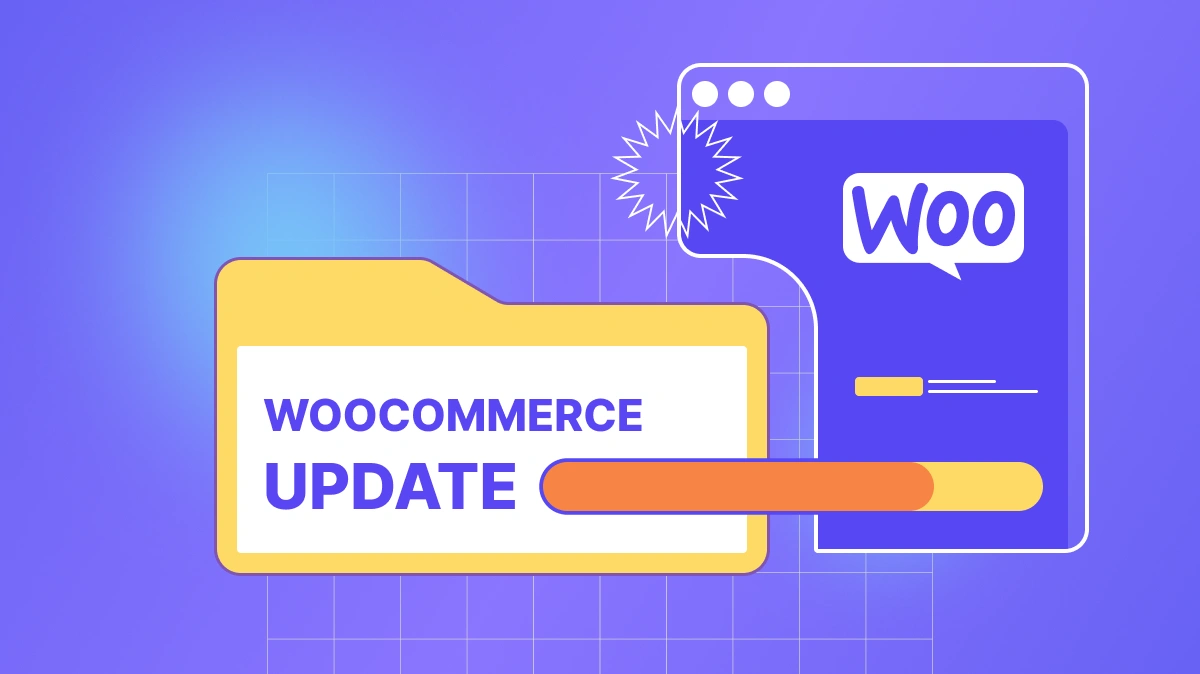
In 2025, WooCommerce optimization for local SEO has become a key tool for online stores aiming to attract local customers and increase sales. The growth of local search, where 46% of queries are "near me", makes local SEO essential for restaurants, stores, and delivery services. Optimizing WooCommerce for local queries not only boosts visibility in Google but also converts traffic into real orders. This article explores how WooCommerce optimization attracts local customers, drives business growth, and how to optimize your site for maximum organic traffic.
Why Local SEO Is Important for WooCommerce in 2025?
Local SEO helps WooCommerce stores be visible to nearby customers, which is critical for businesses with physical locations. According to Google, 76% of local search queries lead to a store visit within a day. WooCommerce optimization provides:
- Local customer attraction: Higher rankings in local search.
- Sales increase: Converting traffic into orders.
- Competitive advantage: Standing out from aggregators like Glovo or Uber Eats.
- Cost savings: Organic traffic is cheaper than ads.
SEO Tip: Use keywords like "local SEO WooCommerce", "WooCommerce optimization", or "attract local customers" in meta tags and content to attract organic traffic.
1. Optimizing Google My Business
Google My Business (GMB) is the foundation of local SEO for WooCommerce stores, allowing appearance in local search results.
Benefits
- Visibility: Profile appears in Google's "local pack".
- Trust: Reviews and photos increase loyalty.
- Traffic: Customers find you with "near me" queries.
How to Implement?
- Create a GMB profile with address, hours, and contacts.
- Add photos of products and services.
- Encourage reviews via email or push notifications.
2. Local Keywords and Content
Using local keywords in WooCommerce content attracts customers from your region.
Benefits
- Relevance: Queries like "pizza delivery New York" boost traffic.
- Conversion: Local customers order faster.
- Competition: Lower competition in local search.
How to Implement?
- Use Google Keyword Planner to select words.
- Create pages for cities, like "Delivery in Boston".
- Add a blog with local tips for content marketing.
3. Mobile Optimization and Speed
Mobile optimization for WooCommerce stores is critical, as 80% of local queries are from mobile devices.
Benefits
- Speed: Sites loading <3 seconds reduce bounce rates.
- UX: Responsive design boosts conversions.
- SEO: Google prioritizes mobile sites.
How to Implement?
- Use Google PageSpeed Insights to test speed.
- Optimize images in WebP and use CDN.
- Check responsiveness on different devices.
4. Integration with Social Media and Reviews
Social media integration and review management increase trust from local customers.
Benefits
- Social proof: Reviews on Google influence decisions.
- Viral effect: Sharing on Instagram and Facebook.
- SEO: Reviews improve rankings in local search.
How to Implement?
- Integrate sharing buttons for Instagram and Facebook.
- Encourage reviews via Google My Business.
- Use Trustpilot for feedback collection.
5. Local Links and Partnerships
Local link building through partnerships enhances site authority in Google.
Benefits
- Authority: Links from local sites improve SEO.
- Traffic: Partnerships with local businesses attract customers.
- Ranking: Higher positions in local search.
How to Implement?
- Partner with local businesses for link exchanges.
- Add your site to local directories like Yelp or 2GIS.
- Create content for local blogs.
Trends for Local SEO in WooCommerce in 2025
- Artificial Intelligence: AI for personalized search.
- Voice Search: 50% of queries via voice.
- Mobile First: Google indexes mobile versions.
- Local Content: Blogs for local audiences.
Tips for Effective WooCommerce Optimization
- Optimize GMB: Add photos, reviews, and contacts.
- Use Local Keywords: Like "pizza delivery London".
- Speed Up the Site: Optimize for mobile devices.
- Collect Reviews: Encourage customers to leave feedback.
- Build Links: Partner with local sites.
WooCommerce optimization for local SEO in 2025 attracts local customers, boosts sales, and strengthens brand. Use local SEO to stand out from competitors and turn traffic into orders. Invest in SEO to ensure your online store succeeds.



